People don’t want hatchbacks anymore. People want SUVs. At the time of writing, tall-riding crossovers such as the Kia Sportage and Nissan Qashqai accounted for around 56% of all new cars sold in the UK – and the sales charts suggest there’s still some room for the market to grow. So, Honda had no choice but to jump on the hybrid SUV bandwagon.
The Honda ZR-V is the newest competitor on the field. It’s designed to plug the fag-paper-thin gap between the HR-V and CR-V – and it promises a premium interior, ruthlessly efficient fuel economy figures and a sharp driving experience. The question is, can it deliver? SUVs have improved dramatically in the past 10 years, but even the best ones struggle to match their saloon and hatchback sister cars when it comes to fuel economy and performance.
But Honda has given the ZR-V a fantastic pedigree because it’s based on the same platform as the award-winning Civic hatchback. Because of this, there are lots of parallels between the two cars – they share the same dashboard layout, infotainment setup and powertrain – so the ZR-V should be good, right?
Well, cut to the chase! Does it drive well?
It does. It isn’t as good as the Civic on which it’s based, but that’s to be expected because it’s carrying a lot more weight on taller suspension. Still, it’s one of the best-handling cars in its class, comfortably outstripping the likes of the Kia Sportage and Nissan Qashqai in terms of cornering ability and driver engagement.
We’re impressed by how well-judged the Honda ZR-V’s suspension is. It’s comfortable without being wallowy. Body control is taut enough to not make you feel sick on an undulating back-road, but it’s supple enough to smother most potholes, expansion joints and drain covers. This is partly thanks to Honda’s wheel choice – every ZR-V comes with sensible 18-inch alloys as standard, meaning the tyres are thick enough to absorb some of the bump before passing it on to the suspension.
We like the steering, too. It’s a little light in the car’s default drive mode, but it firms up well in Sport mode – and it’s always accurate. There isn’t any play around the centre and Honda’s lane-keeping assist system isn’t too intrusive, either.
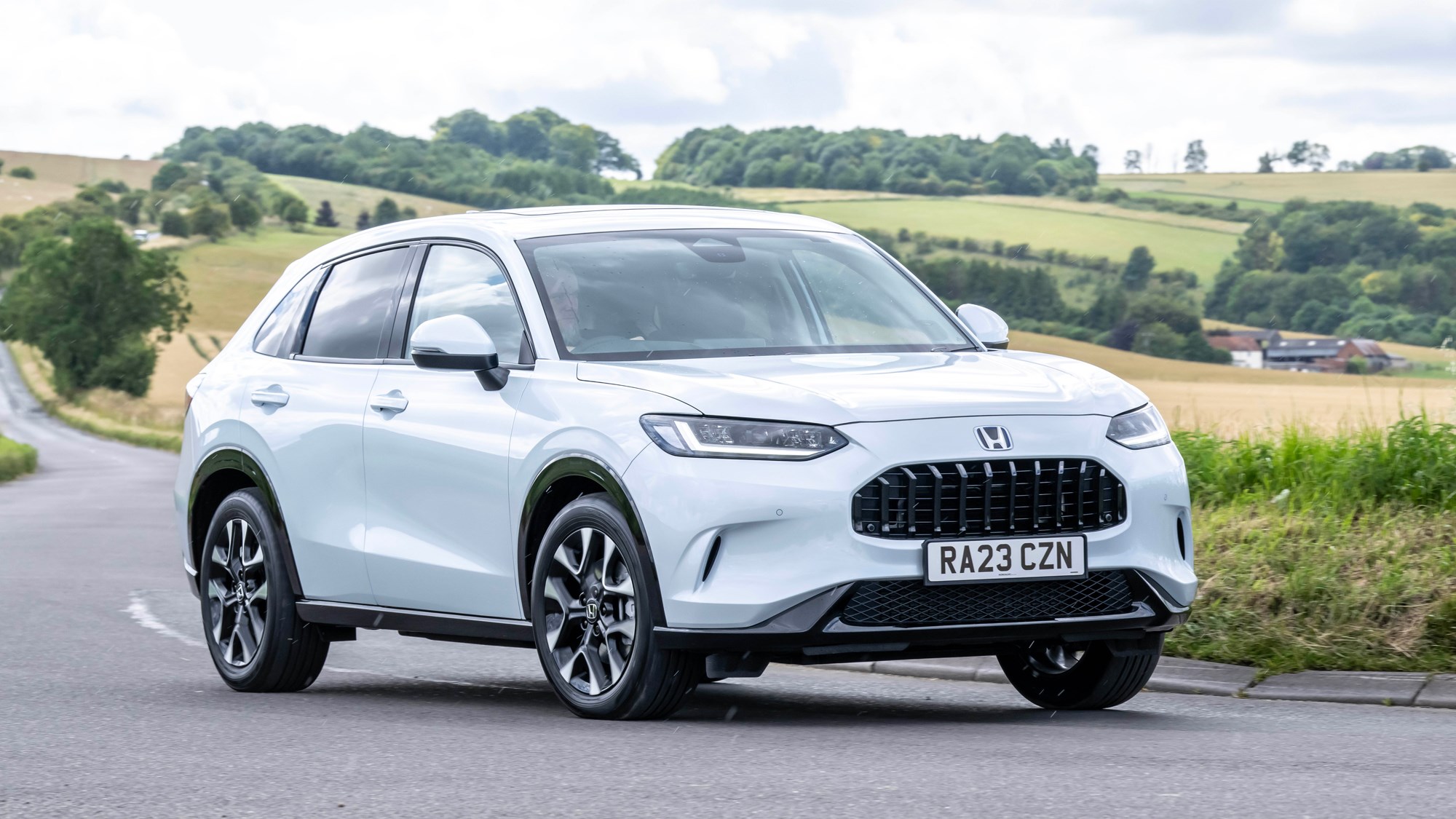
The brakes are slightly too soft for our liking, but that comes with the territory of a hybrid car. Like the Civic, the Honda ZR-V relies more on its electric motors for propulsion than, say, a Corolla hybrid. Its engine operates as generator most of the time, producing electricity to feed the motors – and they’re deployed as often as possible for brake recuperation.
That means there’s very little resistance in the first inch of pedal travel. However, the brakes firm up nicely when you push past the regenerative braking and start using the friction brakes.
Refinement is good once you’re up to speed, too, thanks in equal measure to the powertrain and the ZR-V’s build quality. Because the hybrid system prioritises running on electric power, the engine stays whisper quiet on the motorway. Road and wind noise are well-suppressed by the car’s sound deadening, too, which isn’t an easy feat for a blunt-faced family SUV.
What’s the hybrid system like?
We’ve already made it clear that we’re huge fans of Honda’s 2.0-litre e:HEV system. It’s a great hybrid powertrain with an impressive turn of speed and great fuel economy figures. However, it feels encumbered dragging around the ZR-V.
On paper, Honda claims the two cars’ performance figures are identical. In Sport trim, both have an official 0–62mph time of 7.9 seconds, but the ZR-V feels slower than that from behind the wheel. It’s 146kg heavier than the Civic – and you can feel that extra weight dampening acceleration when overtaking or merging onto the motorway. The ZR-V simply isn’t as urgent.
Still, the ZR-V retains the Civic’s cohesiveness. Honda did a great job of masking the complexity of its e:HEV powertrain because, apart from when it’s running in pure-electric mode, it feels like a normal petrol car to drive. Take this for an example. Honda’s e:HEV system does without a gearbox so, when you accelerate hard, the engine is directly coupled to the front wheels at a 1:1 ratio via a clutch.
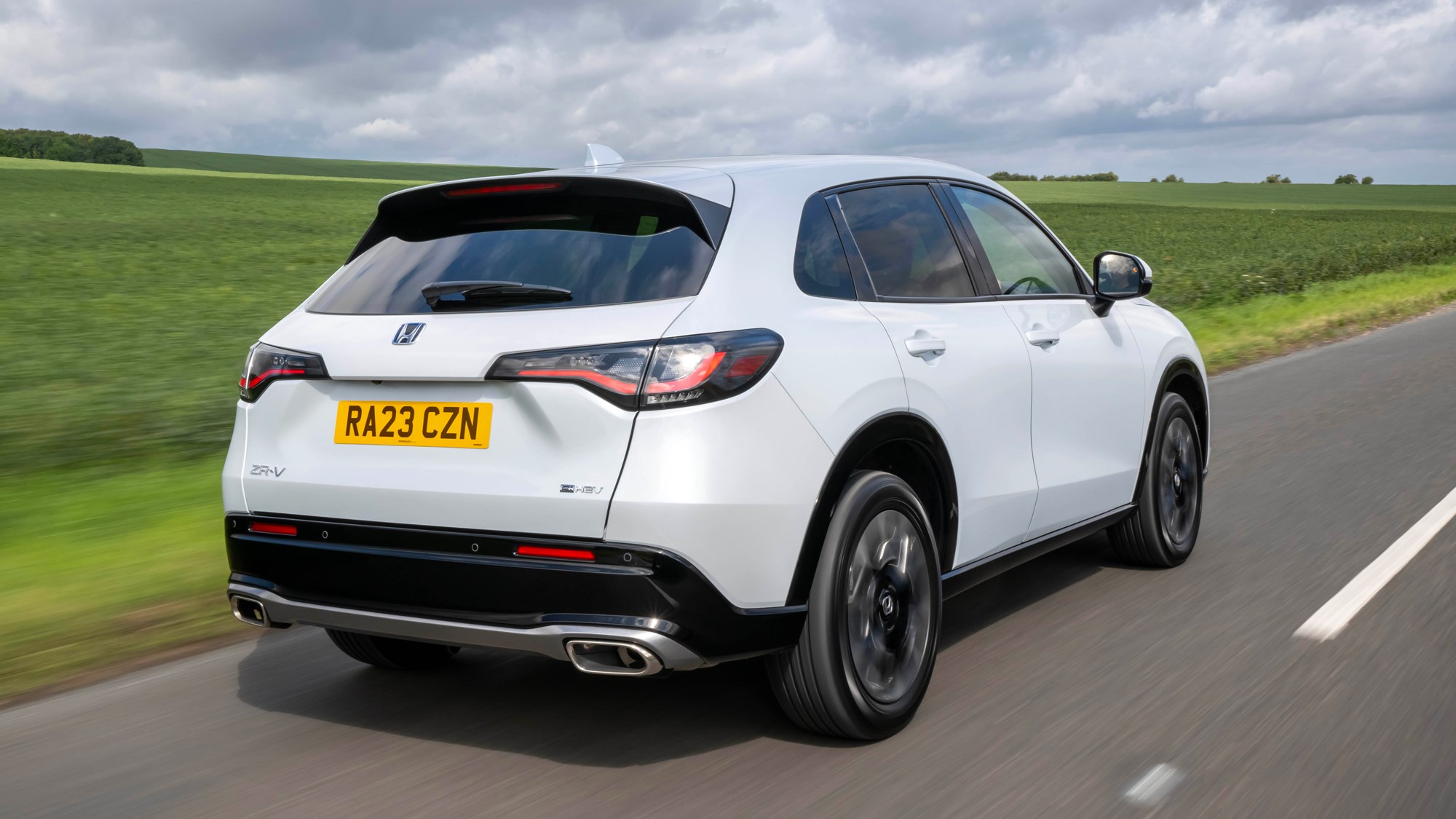
However, to make the car feel familiar to buyers trading up from an older combustion-engined model, Honda engineered simulated ‘gearshifts’ into the powertrain’s ECU. It does a very convincing impression of a torque-converter automatic gearbox – and it’s far more pleasant to listen to than a screaming CVT-backed hybrid system when you’re tearing down your favourite back road.
It’s efficient, too. Honda says the ZR-V can achieve almost 50mpg in sanctioned WLTP fuel economy tests. During our time with the car, we averaged around 45mpg without trying to drive particularly economically. If you have a featherlight right foot, we reckon you’d be able to match the car’s official figures.
Is the Honda ZR-V practical?
It’s very spacious. With the front seats in the correct position for our six-foot tester, there was still ample knee room for passengers in the rear. However, foot space is at a premium because Honda has hidden a load of electrical gubbins under the front seats. Headroom is plentiful on Elegance and Sport models, although the panoramic sunroof fitted to the flagship Advance model eats space.
Honda also staggered the height of the front and rear seats. The rears are mounted higher up than the fronts, which is sure to delight young children as it means they get a good view out of the windscreen. We’re yet to test whether this elevated seating position has the adverse effect of triggering car sickness, but we’ll update once we’ve conducted our research.
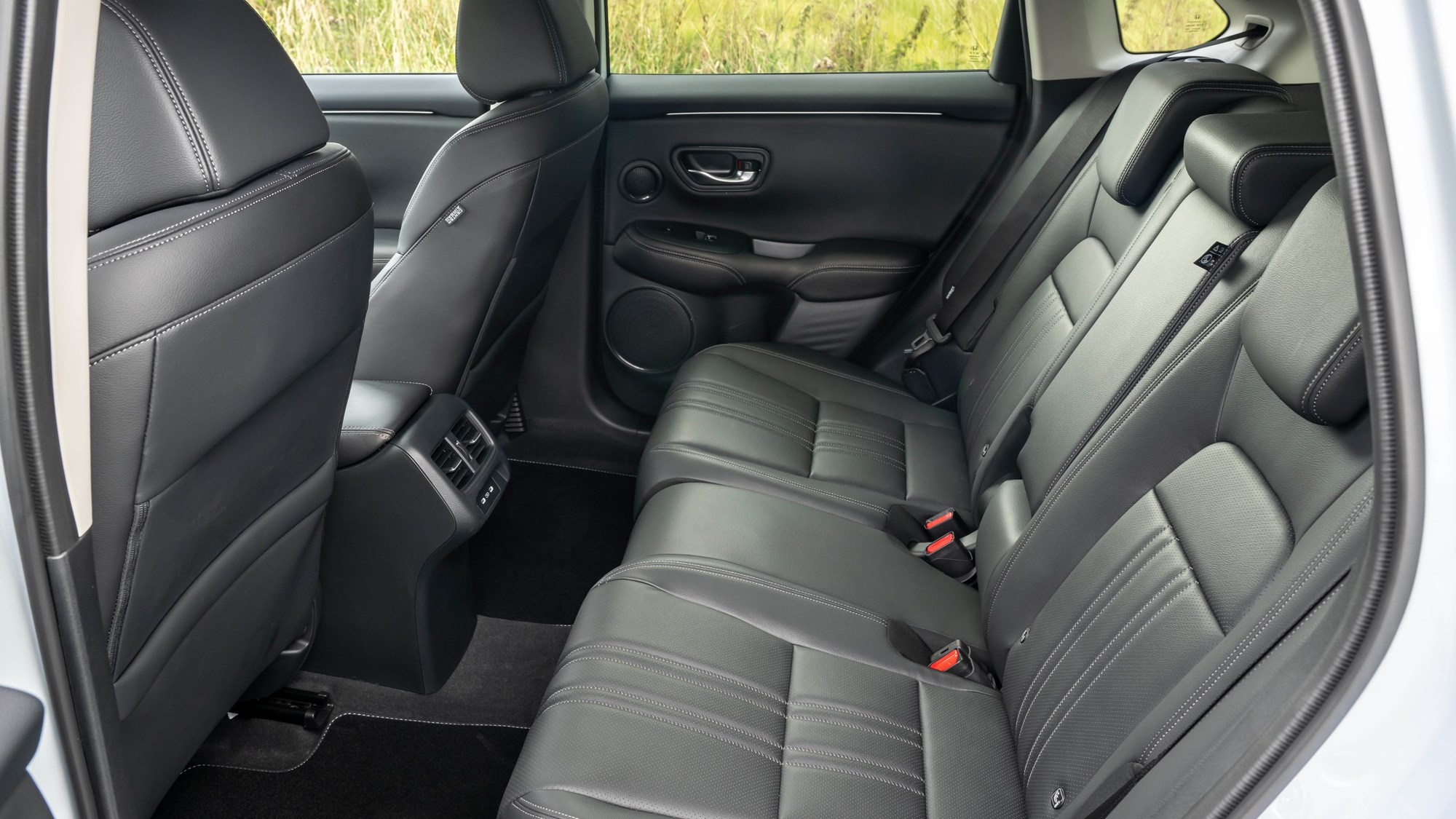
Boot space is disappointing. Elegance and Sport models offer 380 litres of space while Advance-spec cars make do with just 370 litres thanks to a banging subwoofer mounted behind the rear shock tower. That’s a long way behind key rivals – the Nissan Qashqai offers 504 litres of boot space, while the Kia Sportage boasts an impressive 591 litres. Even the Civic has a maximum boot capacity of 410 litres, which makes a strong case for buying the hatchback over the SUV.
What’s the rest of the ZR-V’s cabin like?
It has a distinct Civic quality to it. It’s logical and the mesh air vent running the full width of the cabin works well. Pleasingly, three knurled buttons control the temperature and fan speed, meaning the touchscreen only runs the infotainment and nav, rather than too many everyday functions. Our biggest complaint is that the touchscreen is angled away from the driver. It was set like that for left-hand drive markets and Honda didn’t bother to change it for the UK.
The Honda ZR-V occupies a strange space in the market between the average and the premium. As a result, its interior quality is finer than mainstream competitors such as the Nissan Qashqai and Hyundai Tucson, but it isn’t quite solid enough to drag buyers away from the Lexus NX and Audi Q5.
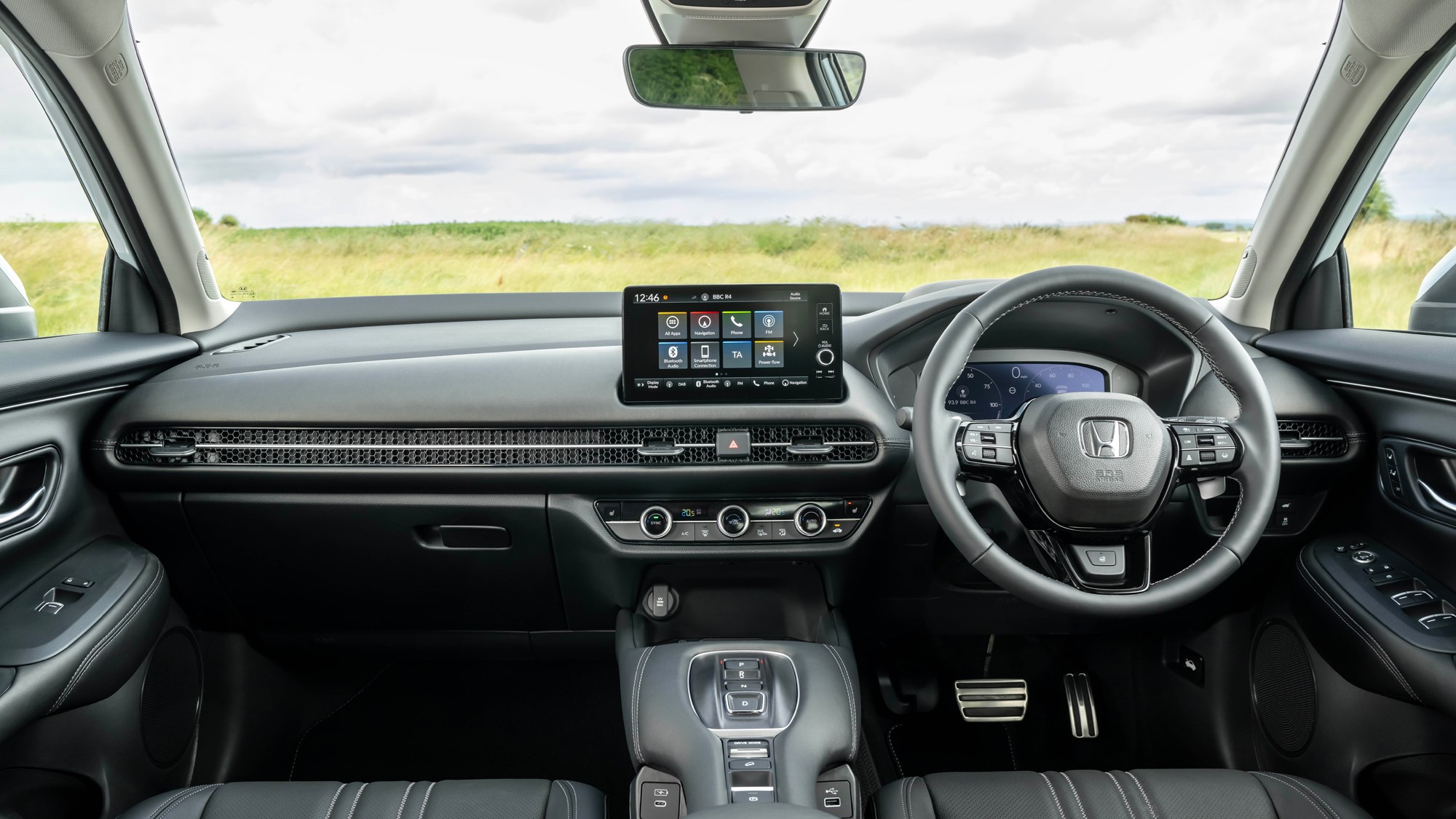
We’ll explain ourselves. The ZR-V’s switchgear is weighty, its touchscreen appears to have been mounted with cement and the leather trim on the door cards feels deep and expensive. But there are some cheap plastics on the switch panel above your right knee and the centre console rattles on its mounts, as we found out whilst trying to extract our keys from the tray under the armrest. It’s good, but look past the surface and you can see where Honda has saved money.
How much does the ZR-V cost?
Honda says it doesn’t want to chase volumes with the ZR-V. In fact, it only plans to sell around 7,000 units per year. Instead, Honda is pitching the ZR-V as a more expensive but value-driven option. A quick browse through the car’s brochure gives you an idea of the company’s thinking.
There are just three trim levels called Elegance, Sport and Advance. The cheapest Elegance model starts from £39,495, but it comes as standard with 18-inch alloy wheels, LED headlights, a rear-view camera, heated front seats, keyless go, adaptive cruise control and a digital instrument cluster.
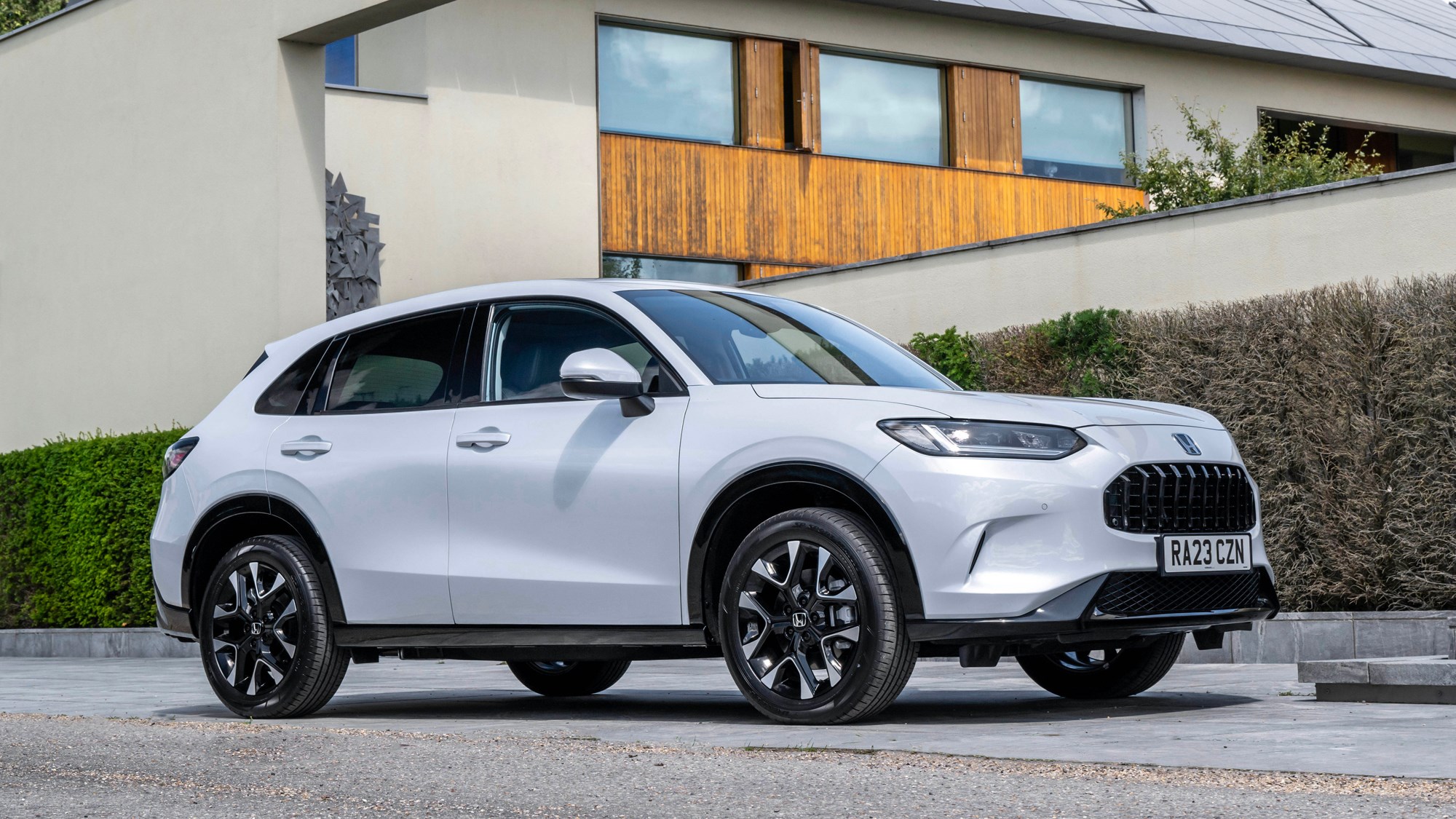
The Sport model is priced from £41,095, which is difference of just £1,600. However, it piles on the extra equipment, gaining a power-operated tailgate, privacy glass, a wireless smartphone charger, electrically adjustable front seats and a racy body kit. The Advance model is another £1,800, which brings adaptive LED headlights, a panoramic sunroof and a premium Bose stereo.
We admit, these figures look daunting when compared to £35,270 you’d spend on the cheapest Kia Sportage Hybrid. But, by the time you reach the top of the Sportage’s trim tree, the two cars’ prices are only separated by a few hundred pounds – and the ZR-V is far better built than the Kia.
Verdict
The ZR-V makes an excellent case for itself when compared against its SUV rivals. Its boot space might be a little lacklustre alongside the likes of the Sportage and Qashqai, but it compensates for that with a great driving experience, good comfort levels, impressive fuel economy and a spacious interior that’s loaded with technology.
The ZR-V’s biggest problem is the Civic. Its chassis sibling is better in almost every measurable respect. It has more boot space, it’s faster, it’s more efficient and it’s more composed in the corners. What’s more, the Civic is £3,000 cheaper than the least expensive ZR-V.
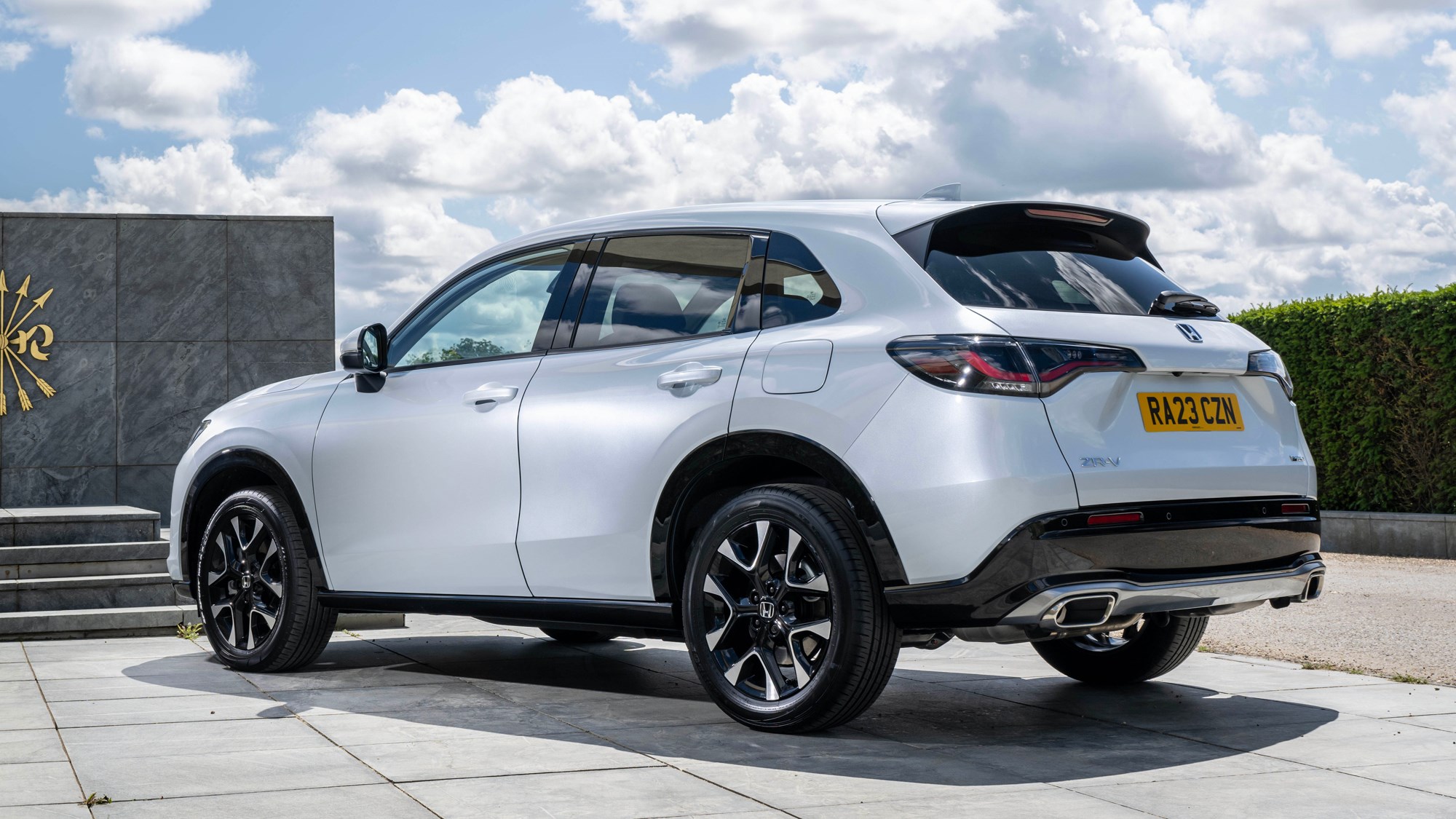
But that isn’t the complete story. The cheapest Civic is trimmed in Honda’s middling Sport specification as standard rather than the company’s more budget-friendly Elegance trim. That means you get more equipment for less money by opting for the Civic.
When compared like-for-like, the difference between the ZR-V Sport and Civic Sport is £4,600. We’re not sure we can justify spending that much extra cash simply for the SUV body shape – especially when the SUV is less practical than the hatchback.